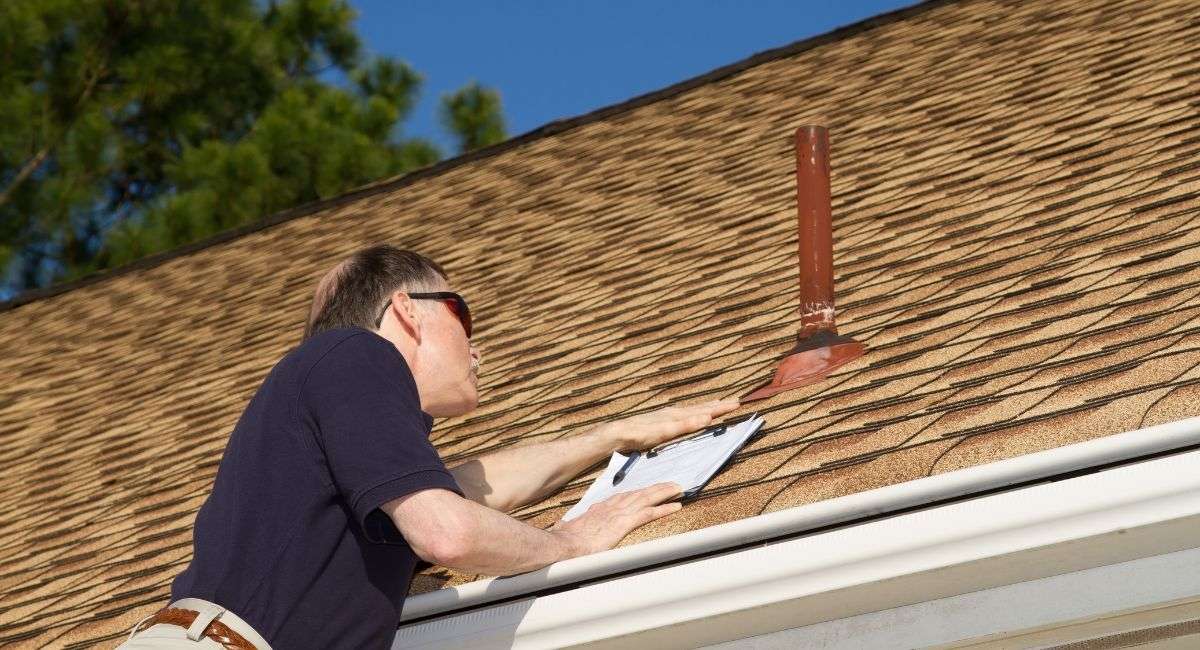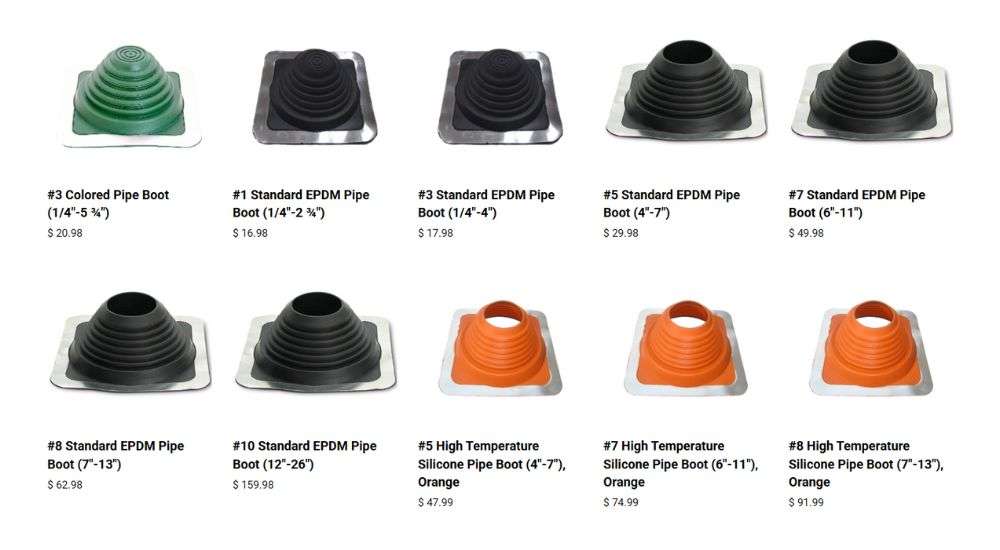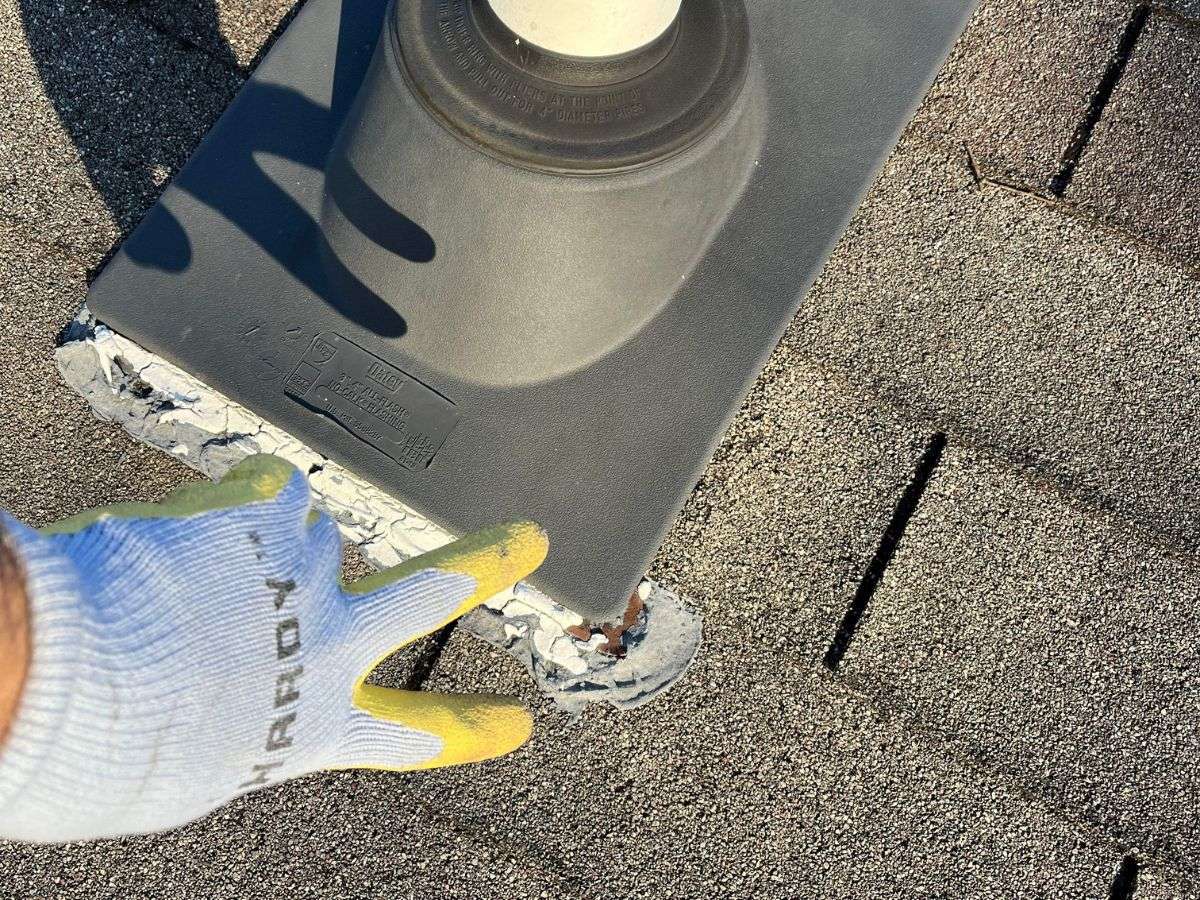pipe Boots and Their Role in Roofing

Plumbing boots, also known as pipe boots or pipe flashings, are key parts of roofing systems. They’re designed to fit around any plumbing pipes or venting that stick out through your roof.
In this post, we will discuss boots, the optimal installation techniques, common problems encountered, and solutions for those issues.
Table of Contents
What Are Pipe Boots and why are they so important to your roof?
Pipe boots play a crucial role in sealing around any roof-penetrating pipes such as plumbing stacks and HVAC vents. These components, known as pipe boots, work like roof flashing and fit snugly around pipes to keep water out and prevent leaks. Made from tough materials like rubber, silicone, or metal, so they can handle different weather conditions and temperatures.
Pipe venting is crucial for keeping water out of key spots where venting or piping passes through the roof decking. But these boots can wear out, and if you ignore them, water sneaks behind your asphalt shingles and causes damage. The trick to making sure pipe boots do their job? It’s all about getting the installation right!
The roofing industry is filled with poor roofers who cut corners and cheap out on poor seals, but in this post we’ll highlight the best practices for pipe boots.

There are a number of types of pipe boots, each for a specific type of venting and sized for their specific application.
How to Install Pipe Boots
Installing plumbing boots requires careful attention for a secure seal. Here are the basic steps:
Step 1: The roofers examine the roof to determine the size and position for the pipe hole. Using specialized tools, they cut a hole to match the pipe perfectly.
Step 2: They place the pipe boot, a flexible, weatherproof shield, over the pipe, ensuring a snug fit for optimal protection.
Step 3: The boot is secured to the roof with strong nails or screws. Edges are sealed with roofing cement or caulking to prevent water from seeping underneath.
Step 4: Getting a proper fit and seal is crucial. Roofers precisely trim the boot’s opening to match the pipe’s diameter and apply sealant to prevent leaks.
*Advanced plumbing boots feature adjustable collars or sleeves to accommodate pipes of varying sizes, providing added flexibility during installation.

You can see examples of excessive caulking and poorly fitting boots, both allowing water into your roofing structure.
Common Issues with Pipe Boots
- Leaks from failing or aging pipe fittings are a leading cause of roof leaks. The rubber or neoprene parts of these fittings wear out before the roof does, so you’ll need to replace them before a new roof.
- UV rays and harsh weather can cause rubber or neoprene to crack, split, or loosen, leading to gaps that let water into your home. I
- If the pipe booting was installed incorrectly, you will typically see too much caulking used around the edging of the fitting. Over time this will break down and allow water to enter the roofing.
- If the fitting is incorrectly sized, gaps allow water to bypass the roofing material and directly damage the roof.
Have a Pipe Boot Issue, Now What?
Roofing pipe boots are essential for sealing and protecting plumbing pipes that stick through your roof. Made from durable materials like rubber or metal, these boots withstand all weather conditions—sun, rain, and cold. They prevent leaks that could cause water damage inside your home.
A good roofing contractor ensures proper installation and regularly checks them to maintain your roof’s longevity. Got a leak or worried about a plumbing boot? Address these issues quickly to avoid costly problems like water intrusion, mold, or structural damage.
If you’re in Tennessee or Georgia and need help with your plumbing boots, contact Roof MD. We offer a free roofing inspection to assess your roof boots. Our team has years of experience and can make necessary repairs or replacements to keep your roof in excellent condition. We’re dedicated to maintaining your roof’s integrity, extending its lifespan, and protecting your property from water damage.
